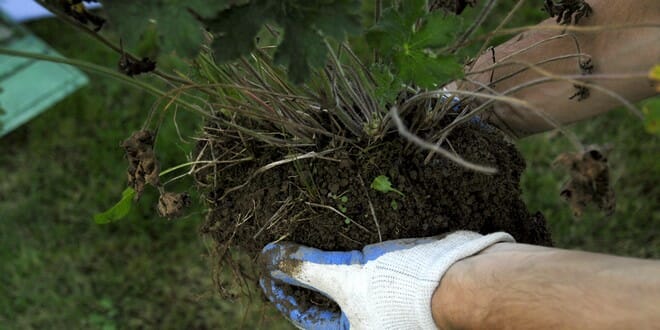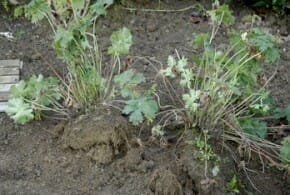
The gardener quickly learns to be clever! Especially when his financial means are limited and his wallet cannot keep up with the infernal pace imposed by his all-consuming passion.
But rest assured! The garden can be beautiful and provided without being a money pit. Why not rely, for example, on perennials already installed? Multiplying them costs nothing and it’s child’s play…
Why propagate perennials in the fall?
In the fall, most perennials complete their vegetative cycle. Freed from the development of stems and leaves, from the costly development of flowering, their efforts can now be fully concentrated on the root system. A way for these plants to survive the winter and calmly prepare for the future! And as things are decidedly well done (I always marvel at the harmony of Nature!), the still warm earth in autumn and the regular rains are an additional boost to rooting.
Propagate plants in pots or containers
When you buy a perennial plant in a garden center, it usually comes in a colored bucket but also, depending on its price, in a larger container. ( read all my tips for choosing a container plant) The principle of economy that I use is simple: I first choose healthy plants, the most vigorous possible, and sufficiently developed. Then, back home, I take the root ball out of the bucket or container and slice it with an old kitchen knife, so that I get two plants for the price of one! Do not worry, if the operation may seem barbaric, the plants, they appreciate! I then transplant the divisions from the buckets into containers filled with a mixture of compost and garden soil so that they regain strength and vigor during the fall. I won’t put them in the garden until next spring. Divisions made on larger containers can be planted directly in the ground. And it also works for vegetables or aromatics!
How to divide perennials in the ground?

Cleaning the beds before winter is also the ideal opportunity to multiply perennials. The principle is even simpler here! Using a spade fork or a sharp flat spade, I first identify the root ball. It is important to wait until the soil is soft and moist, without being soaked either, so that it is easier to work. Once the plant is out of the ground, I again saw the root ball into two or four pieces depending on its size.
I sort and I eliminate the diseased parts (usually in the center) to keep only the healthiest (often on the outsides). Without lingering, I transplant these new subjects in another part of the massif or the garden and I finish with a copious watering.
This allows you to quickly fill holes in a flower bed, to create new beds or to “garden” share your favorite plants with friends or strangers during a plant festival . It is also probably the latter who appreciate the most, is not it?
